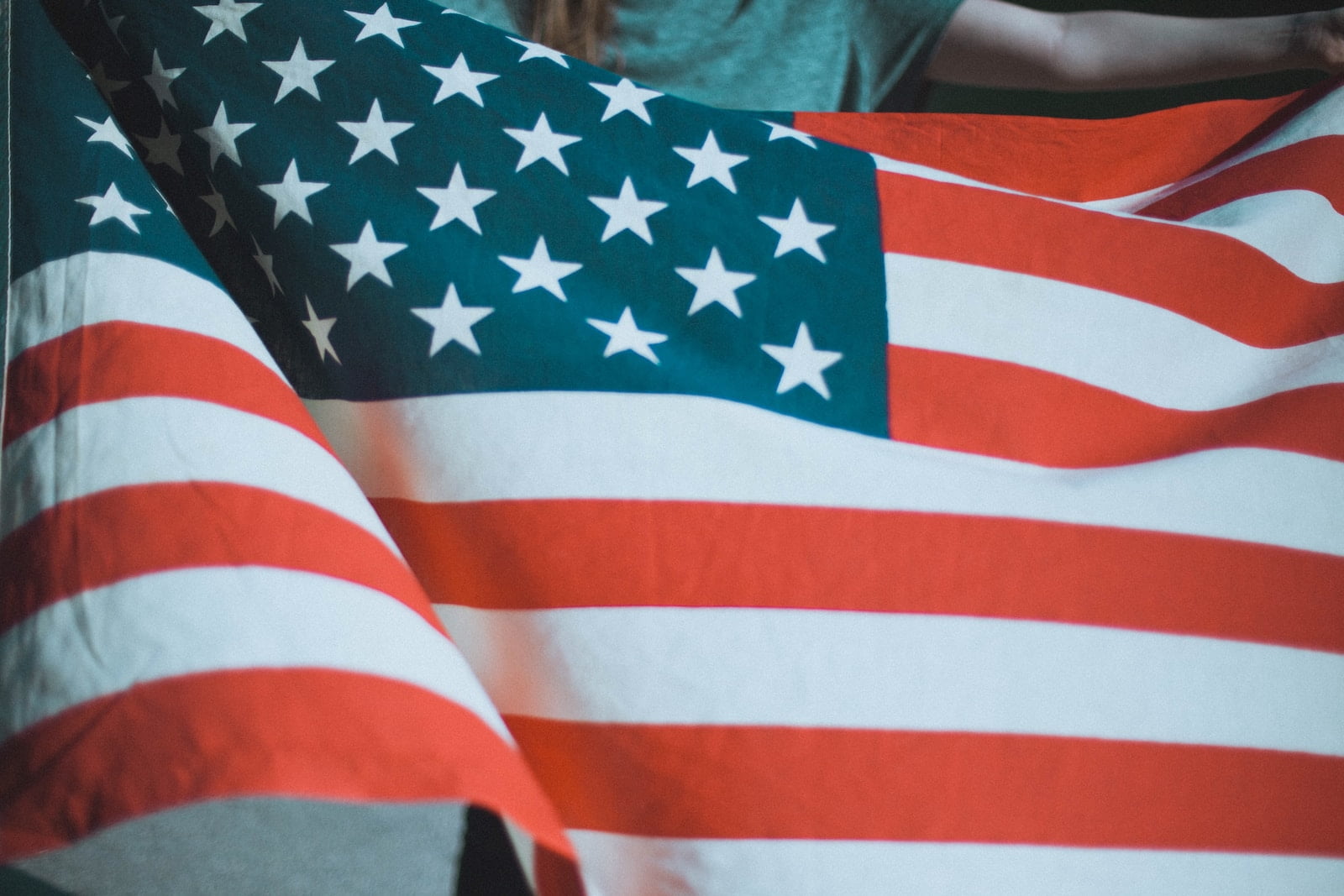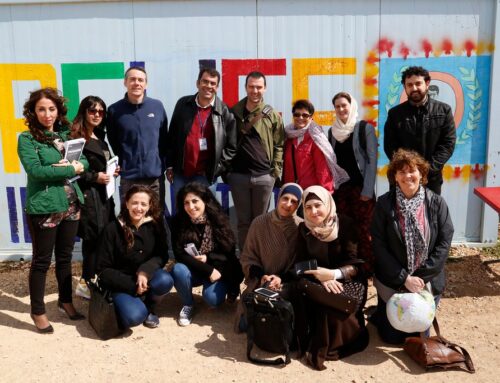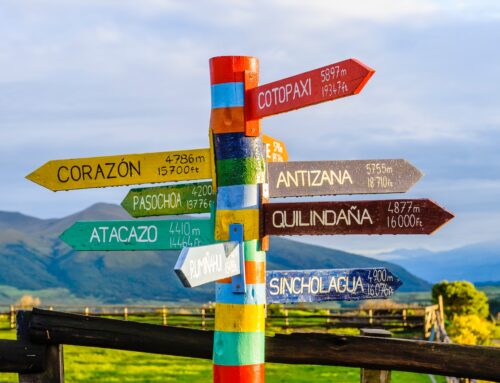Applying for a B visa can be a daunting process, but with the right preparation and planning, your chances of success can be significantly increased. A B visa, which is designed for foreign nationals seeking temporary entry to the United States for business (B-1) or pleasure, including tourism or medical treatment (B-2), requires careful attention to detail and a clear understanding of the application process.
Before embarking on your journey to acquire a B visa, it’s crucial to equip yourself with useful tips and strategies to navigate through the application. From gathering the necessary documents and completing the DS-160 form online to preparing for your visa interview, a step-by-step approach will help ensure that you present a strong case for your visa approval. Remember, the key to success lies in demonstrating your intent to return to your home country after your temporary stay in the U.S.
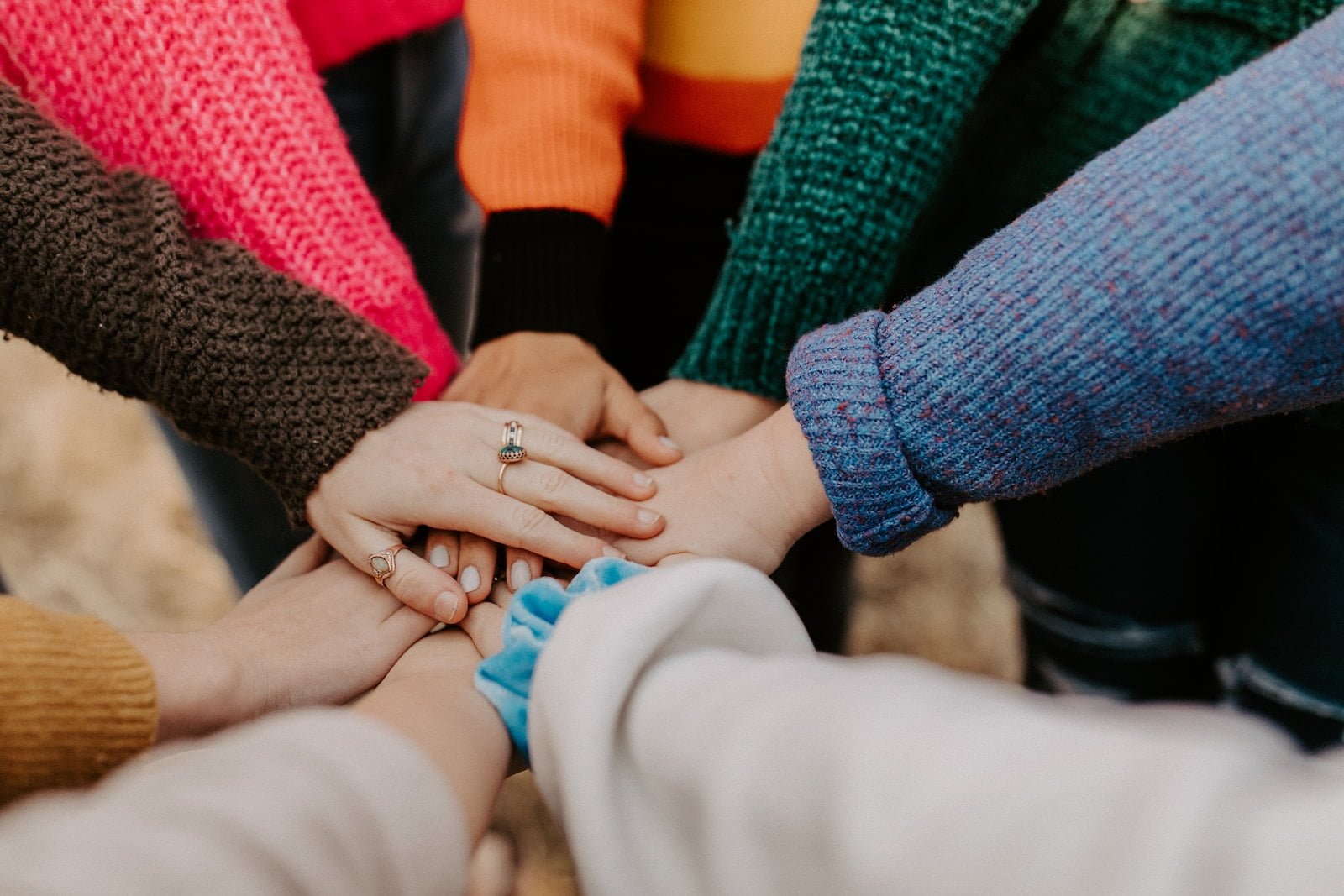
Understanding B Visa Types
When applying for a B visa, it’s essential to have a clear understanding of the different types and their purposes. The B visa category consists of the B1 visa, the B2 visa, and the B1/B2 visa combination. This will help you determine which type of visa best suits your needs during your temporary stay in the US.
B1 Visa
The B1 visa is designed for business visitors who need to travel to the US for various reasons, such as attending conferences, meetings, or negotiating contracts. Bear in mind that this visa type doesn’t permit employment or receiving payment from a US source. A B1 visa is intended for short-term business-related visits.
B2 Visa
On the other hand, the B2 visa is tailored for tourists or those coming for recreational purposes, such as visiting friends and family, sightseeing, or attending special events like weddings. Medical treatment and short, non-credited courses are also allowed under the B2 visa. This type is suited for those who want to experience the US’s leisure and cultural offerings on a temporary basis.
B1/B2 Visa
The B1/B2 visa is a combination of both B1 and B2 visas, allowing you to travel to the US for business and/or leisure activities. This visa type offers flexibility for visitors who need to engage in both business and personal activities during their stay. It’s essential to know your purpose of visit and apply for the appropriate visa category to ensure a smooth and successful application process.
By understanding these visa types, you can better navigate the application process and increase your chances of securing the right visa for your specific needs.

Eligibility and Requirements
Before applying for a B visa, ensure that you meet the necessary eligibility criteria and requirements. This includes understanding the general requirements, as well as the specific requirements for B1 and B2 visas.
General Requirements
To be eligible for a B visa, you must have a valid passport and a legitimate purpose for your visit. The purpose of your visit should be in line with the rules and regulations of the visa category you are applying for. Additionally, you must prove your intent to return to your home country after your stay in the U.S. It is essential to provide evidence of your financial ability to support yourself during your visit. Lastly, you must be able to comply with all U.S. immigration laws.
Specific Requirements for B1 Visa
A B1 visa, also known as a business visitor visa, is for individuals coming to the U.S. for short-term business purposes. These might include attending conferences, business meetings, or engaging in contractual negotiations. To qualify for a B1 visa, you must clearly demonstrate the purpose of your trip, and show that your planned activities fall under the approved categories. You cannot engage in paid work or receive a salary from a U.S. employer.
Specific Requirements for B2 Visa
A B2 visa, or tourist visa, is for individuals traveling to the U.S. for leisure, medical treatment, or visits with friends and relatives. To prove your eligibility for a B2 visa, you should provide documentation that outlines the purpose of your visit, such as invitations or travel reservations. You should also demonstrate that your stay in the U.S. will be temporary, and that you have sufficient funds to cover your expenses during your visit.
In some cases, you may need to apply for a visitor visa extension if you wish to stay longer in the U.S. Remember to always follow the rules and regulations related to your visa category, and be prepared to prove your eligibility with the necessary documentation.
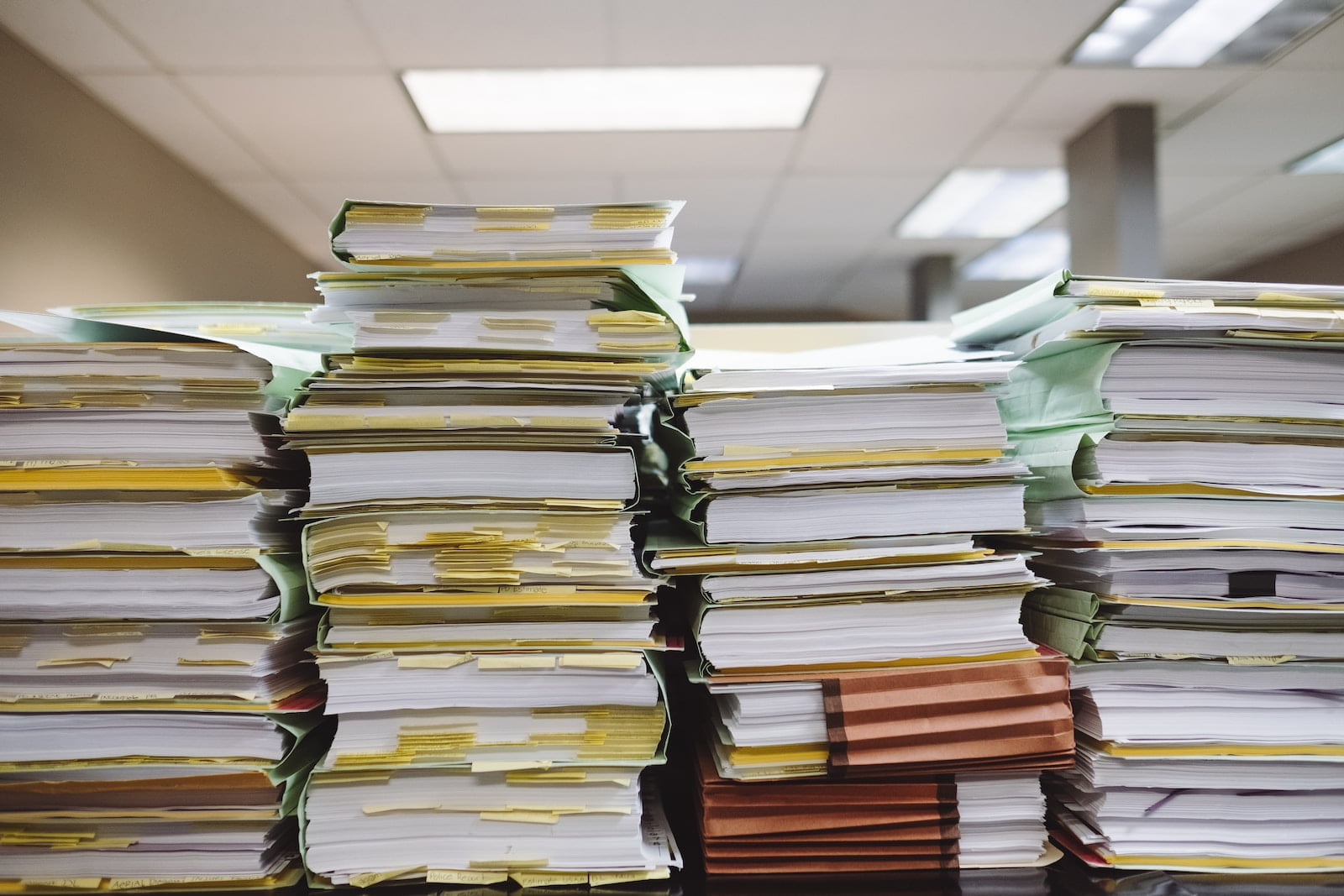
Application Process
Filling Out the DS-160 Form
The first step in applying for a B visa is to complete the DS-160 form. This is an online application form that collects information about your personal and travel details, as well as your employment and educational history. Ensure that you provide accurate information and answer all questions carefully, as mistakes or inconsistencies could result in delays or denial of your visa application.
Booking a Visa Interview Appointment
Once you have submitted the DS-160 form, it’s time to schedule your visa interview appointment at the nearest US embassy or consulate. Visa appointment wait times can vary significantly, so it’s essential to book your appointment as soon as possible to avoid any delays in processing your application. Be prepared to present documents that support your reasons for travel, proof of financial ability, and any required identification during your interview.
Paying the Visa Fee
You are required to pay a non-refundable visa fee before attending your interview and submitting your application. The exact amount varies depending on the type of visa and your country of origin, so be sure to check the US Embassy’s website for the most up-to-date information on fees and payment methods.
When applying for a B visa, it’s important to follow all the necessary procedures and submit accurate information to increase your chances of success. By being well-prepared and leveraging the resources available from USCIS, you’ll be better equipped to navigate this often complex process.
Preparing for the Visa Interview
Gathering Necessary Documents
Before your visa interview, it is crucial to gather all the required documents to ensure a smooth application process. First, make sure you have a valid passport with at least six months of validity beyond your intended travel dates. You will also need to complete the appropriate nonimmigrant visa application form and pay the required application fee.
It is also essential to bring a passport-sized photo that meets the U.S. Department of State’s specifications. Additionally, you should gather any applicable paperwork related to your purpose of travel, such as a letter from your employer, an invitation letter to a conference, or an itinerary for your tourism plans. Consider studying the requirements to familiarize yourself with the USCIS interview process and ensure you have all necessary documents prepared.
Supporting Evidence
One of the key aspects of a successful B visa application is providing strong supporting evidence to demonstrate your ties to your home country and your intent to return. This may include proof of property ownership, employment, or family commitments.
A crucial piece of supporting evidence is proof of adequate funding for your trip. You should prepare bank account statements, evidence of your salary, or other financial documentation to show that you have enough funds to cover your travel expenses and support yourself during your stay in the country.
Moreover, you might be required to show evidence that you have sufficient medical coverage for your trip. This can include health insurance documentation or a letter from your insurance provider outlining the coverage details.
Overall, being organized and well-prepared with all necessary documents and supporting evidence can significantly increase your chances of successfully obtaining a B visa. Follow these guidelines to help ensure a smooth visa interview experience.
The Visa Interview
Important Tips for a Successful Interview
During the visa interview process, it’s essential to have a clear understanding of your intentions and be able to confidently express them to the consular officer. Keep in mind that interviews could be conducted in English, which could be different from your native language. If you have difficulty in English, consider practicing your answers in advance or seeking help from someone proficient in the language.
Remember to speak for yourself during the interview. This shows your confidence and knowledge about your travel plans. Make sure to:
- Be concise and straightforward with your answers.
- Bring supplemental documentation to support your application.
- Maintain a positive attitude throughout the interview.
Answering Common Interview Questions
A significant part of the interview process includes answering common interview questions related to your travel and stay in the U.S. Some possible questions you might encounter are:
- What is the purpose of your visit?
- How long do you intend to stay in the U.S.?
- What are your ties to your home country?
- How do you plan to fund your trip?
- How do you believe this trip will benefit your career or personal life?
Prepare well in advance for these questions, and be ready to provide clear and concise answers. Additionally, having relevant documents, such as bank statements, employment letters, or property ownership documents, can help you substantiate your claims during the interview.
By following these tips and being confident in your answers, you will increase your chances of a successful visa interview and obtaining a B visa for your visit to the U.S.
Common Reasons for Visa Denial
Applying for a B visa can be a complex process, and understanding the potential reasons for visa denial is crucial for increasing your chances of success. One common reason for visa rejection is the applicant’s inability to prove their ties to their home country. Consular officers need to be confident that you will return to your home country and not overstay your visa. Therefore, providing evidence of your family ties, property ownership, and stable employment in your home country will help support your application.
Another reason for visa denial can result from a lack of sufficient financial means to support yourself during your stay in the United States. Ensure that you have the necessary documentation to prove your financial stability, such as bank statements and employment records. This will show the consular officer that you can cover the cost of your trip without becoming a public charge.
Additionally, visa applications can be denied due to past immigration violations, such as overstaying a previous visa or being deported for other reasons. Knowing the common grounds for deportation can help you avoid such issues and improve your chances of obtaining a B visa.
A criminal history or security-related issues may also lead to visa denial. Consular officers thoroughly review your background to ensure that you pose no threat to the United States. If you have any criminal records or have been involved in activities that raise security concerns, you may face visa rejection. In such cases, consult an experienced immigration attorney for guidance on how to address these issues effectively.
Lastly, submitting an incomplete or inaccurate application can result in a visa denial. Make sure to complete all required forms and provide accurate information. It is essential to double-check your application before submitting it to avoid errors that might lead to rejection.
By understanding these common reasons for visa denial and taking the necessary steps to address them, you can improve your chances of successfully obtaining a B visa. Ensure that your application is complete, accurate, and demonstrates your intent to return to your home country after your visit to the United States.
What to Do If Your Visa Is Denied
You have carefully prepared your B visa application, but on the day of your interview with the consular officer, you receive the unfortunate news that your visa was denied. While the feeling of rejection can be disheartening, it is essential to remain composed and evaluate your options to handle this situation.
First and foremost, don’t hesitate to ask the consular officer about the reason for your visa denial. Understanding why your application was rejected will enable you to address the issue and rectify it should you choose to reapply. Keep in mind that visa rejections often happen due to incomplete information, errors in the application, or the applicant not qualifying for the visa they applied for1. The more you know about the reason for the denial, the better equipped you are to tackle it head-on in a future application.
Another option to consider is applying for a waiver on the grounds of inadmissibility2. In some cases, if you are found ineligible for a visa, the consular officer will inform you if a waiver is available and guide you on how to apply. Keep in mind that the approval of a waiver is entirely up to the discretion of the immigration authorities, so it is essential to plan according to that uncertainty.
If you believe there has been a misunderstanding or error, be proactive and gather new evidence3 to strengthen your case. You might have overlooked a document in your initial application or perhaps the consulate didn’t fully understand the information you provided. Collecting accurate and updated information related to your application will demonstrate your commitment to correcting any discrepancies or inadequacies.
Finally, when you are confident in addressing the issues raised during your initial visa application, consider reapplying4. Visa approval rates can vary, and a previously rejected application may not necessarily impact your chances of being granted a B visa in the future.
Remember, a visa denial may be a temporary setback, but by staying confident, knowledgeable, and clear-headed, you can successfully navigate your way through the process to achieve your objective of visiting the U.S.
Footnotes
Frequently Asked Questions
What are the common interview questions for B1/B2 visa applicants?
During the visa interview, you may be asked about your purpose for visiting the United States, the duration of your stay, your family or social ties, and your economic status. Be prepared to answer questions like: Why are you traveling to the US? and How long will you be staying? You can find more information about B1/B2 visa interview questions here.
Which documents are essential for a successful B1/B2 visa interview?
Important documents for a B1/B2 visa interview include your valid passport, DS-160 confirmation page, application fee payment receipt, photo (if required), and visa interview appointment letter. You might also need to present additional documents depending on your specific situation or purpose of visit, such as an invitation letter, work contract, or itinerary.
How much financial proof is necessary for a B1/B2 visa application?
You will need to demonstrate that you have sufficient funds to cover your expenses during your stay in the US. This may include bank statements, pay stubs, tax records, or other financial documents. There is no specific amount required, but you should ensure that your financial resources are enough to cover the entire duration of your trip.
What makes a travel itinerary effective for a US visa application?
An effective travel itinerary for a US visa application should clearly show your trip’s purpose, places you plan to visit, accommodation arrangements, and the duration of your stay. It’s essential to be realistic and specific when creating your itinerary. This will help the consular officer better understand your plans, and increase your chances of visa approval.
How can an applicant enhance their chances for a B2 visa approval?
To improve your chances for a B2 visa approval, you should demonstrate strong ties to your home country that will compel you to return after your visit. This can include employment, family connections, or property. Being well-prepared, providing clear and honest answers during the interview, and submitting complete and accurate documentation are also essential factors.
Is it possible to obtain a B1/B2 visa without an interview?
In some cases, an interview may not be required for B1/B2 visa applicants. This typically applies to children under 14, seniors over 79, and certain individuals who are renewing their visas. However, most applicants should expect to attend an interview as part of the visa application process.
